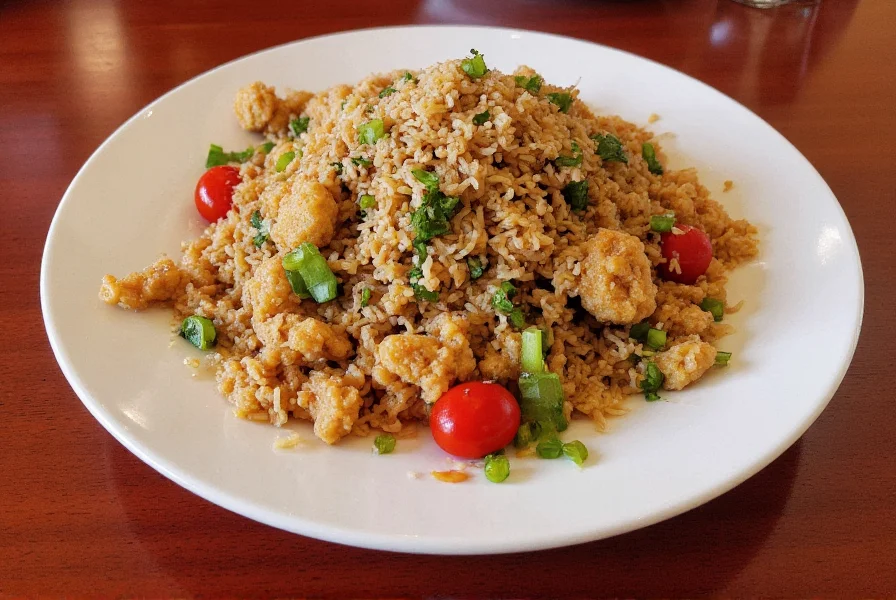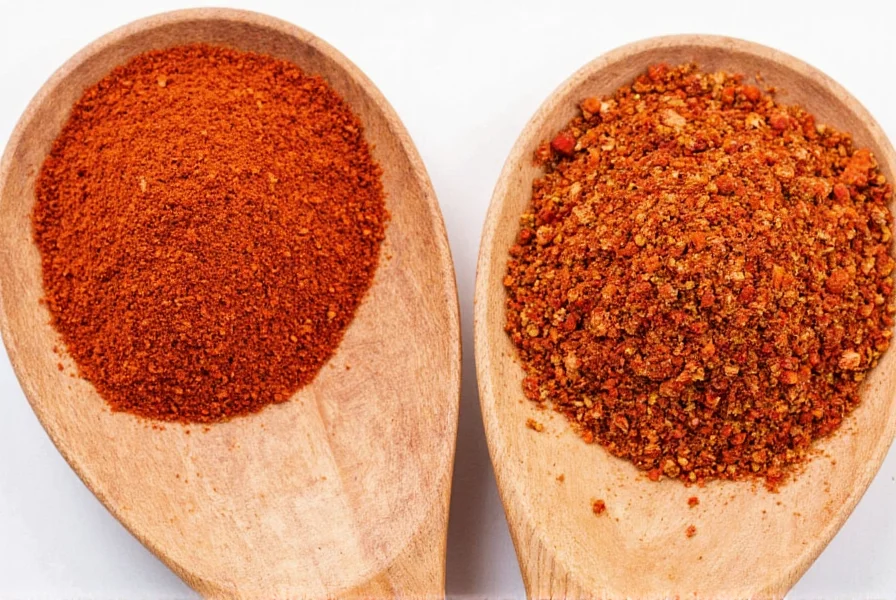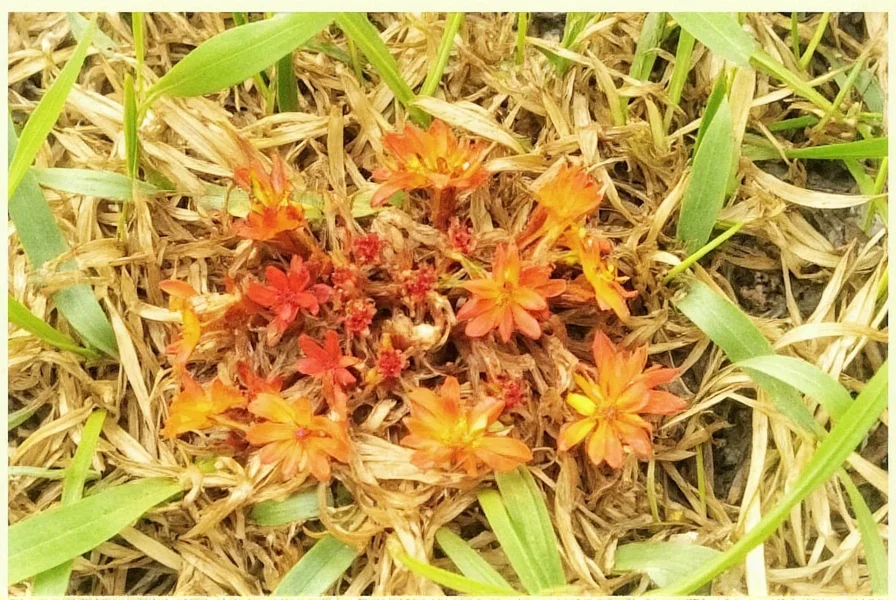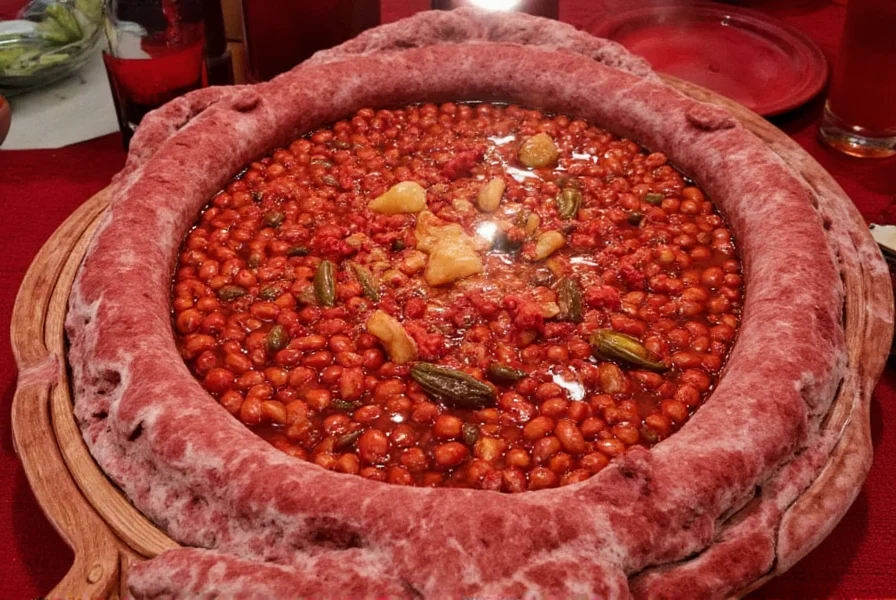Introduction to Chiltepín
Chiltepín is a wild chili pepper native to Mexico and the southwestern United States, known for its tiny size (pea-sized) and intense heat ranging from 50,000 to 100,000 Scoville Heat Units (SHU). Also called "pequin" or "bird's eye chili," it's a staple in traditional Mexican cuisine and a favorite among spice enthusiasts.

Grown primarily in wild regions of Mexico and parts of the southwestern United States, chiltepín is not only a culinary treasure but also a symbol of tradition and resilience. In this article, we'll explore what makes this tiny pepper so special, how to use it, and why it might just become your new favorite ingredient.
Table of Contents
- A Fiery Legacy: The History of Chiltepín
- What Does Chiltepín Taste Like?
- How Hot is Chiltepín? Scoville Scale Comparison
- Top 7 Ways to Use Chiltepín in Your Kitchen
- Buying Guide: How to Choose and Store Chiltepín
- Pro Tips for Cooking with Chiltepín
- Frequently Asked Questions About Chiltepín
- Conclusion: Is Chiltepín Worth the Burn?
A Fiery Legacy: The History of Chiltepín
The chiltepín has been used for centuries by indigenous communities, particularly among the Tohono O'odham people of Arizona and northern Mexico. It was more than just food — it was medicine, a spice, and a cultural icon.
Traditionally harvested by hand, these peppers grow on shrubs known as "pequin" plants and were sun-dried before being stored or used. Today, while some are cultivated, many still prefer the wild-harvested variety for its unmatched potency and depth of flavor.
What Does Chiltepín Taste Like?
Flavor-wise, chiltepín is a complex blend of heat, smokiness, and fruitiness. Unlike milder peppers, which lean toward sweetness, chiltepín offers an intense, almost peppery bite that evolves into layers of earthy, grassy, and citrusy notes.
| Flavor Component | Description |
|---|---|
| Heat | High |
| Smokiness | Moderate |
| Fruity Notes | Subtle (berry-like) |
| Bitterness | Low |
| Aftertaste | Spicy and nutty |

This unique combination makes it a prized ingredient in salsas, mole sauces, and even dry rubs where a little goes a long way.
How Hot is Chiltepín? Scoville Scale Comparison
On the Scoville scale — the measure of spiciness — chiltepín clocks in between **50,000 to 100,000 SHU (Scoville Heat Units)**. That places it comfortably in the same ballpark as cayenne pepper and hotter than serrano peppers, making it quite intense for the uninitiated.
| Pepper | Scoville Heat Units (SHU) |
|---|---|
| Jalapeño | 2,500–8,000 |
| Serrano | 10,000–23,000 |
| Chiltepín | 50,000–100,000 |
| Cayenne | 30,000–50,000 |
| Habanero | 100,000–350,000 |

Because of its size and potency, it's easy to underestimate how much heat a single chiltepín can bring to a dish. A few crushed berries can transform a mild salsa into a fiery masterpiece.
Top 7 Ways to Use Chiltepín in Your Kitchen
Now that you know how hot and flavorful chiltepín is, let's dive into some creative ways to incorporate this tiny titan into your cooking:
- Spice Up Salsas: Add a pinch of dried, crushed chiltepín to your fresh tomato or mango salsa for an unexpected kick.
- Dry Rub Magic: Mix ground chiltepín with smoked paprika, garlic powder, and salt for a powerful rub for grilled meats or roasted vegetables.
- Hot Sauces & Vinegars: Infuse vinegar with whole chiltepín berries for a versatile hot sauce base.
- Bean Dishes: Stir into refried beans or black bean soups for a smoky, spicy undertone.
- Game Meat Pairings: Its bold flavor pairs beautifully with venison, duck, or wild boar — try it in stews or reduction sauces.
- Cheese Board Addition: Crush chiltepín over aged cheeses like Manchego or Parmesan for a spicy contrast.
- Chocolate Desserts: Believe it or not, chiltepín adds a thrilling twist to dark chocolate truffles or moles with cocoa.

Buying Guide: How to Choose and Store Chiltepín
Whether you're buying fresh or dried, choosing high-quality chiltepín can make all the difference. Here's what to look for when purchasing:
- Color: Look for deep red or burgundy-colored dried pods; green ones may be underripe and less flavorful.
- Size: True chiltepín peppers are about the size of a pea. Larger versions might be hybrids or other varieties.
- Texture: Dried chiltepín should feel slightly pliable but not brittle. If they're too crunchy, they may be stale.
- Smell: Fresh chiltepín should have a sharp, aromatic scent. Avoid those that smell musty or moldy.
Product Spotlight: Top Chiltepín Picks
| Product | Features | Advantages | Best For | Occasions |
|---|---|---|---|---|
| Wild Harvest Chiltepín | Naturally sun-dried, sustainably harvested | Intense flavor, eco-friendly packaging | Cooking enthusiasts | Specialty dishes, artisanal gifts |
| Organic Chiltepín Powder | 100% pure, finely ground | Easy to sprinkle, consistent heat | Busy home cooks | Weeknight meals, spice blends |
| Whole Dried Chiltepín Packets | Non-GMO, pesticide-free | Authentic texture, versatile use | Mexican cuisine lovers | Fiestas, homemade sauces |
Pro Tips for Cooking with Chiltepín
Handling chiltepín requires respect due to its potency. Here are some expert tips to get the most out of your experience without getting burned:
- Wear gloves when handling fresh or crushed dried chiltepín to avoid skin irritation.
- Toasted lightly in a dry pan, chiltepín develops a deeper, smokier flavor profile.
- Add sparingly at first — remember, a little goes a long way!
- Rinse dried chiltepín briefly before use to remove any dust or debris.
- Pair with dairy to help temper the heat — think crema, yogurt, or cheese-based sauces.

Frequently Asked Questions About Chiltepín
What is chiltepín?
Chiltepín is a wild chili pepper native to Mexico and parts of the southwestern United States. It's known as the "mother of all peppers" and is considered the wild ancestor of many domesticated chili varieties. These tiny peppers, about the size of a pea, pack significant heat and complex flavor.
How hot is chiltepín compared to other peppers?
Chiltepín ranges from 50,000 to 100,000 Scoville Heat Units (SHU), making it significantly hotter than jalapeños (2,500-8,000 SHU) and serranos (10,000-23,000 SHU), but milder than habaneros (100,000-350,000 SHU). It's comparable to cayenne pepper in heat level, though chiltepín offers more complex flavor notes.
Where does chiltepín come from?
Chiltepín grows wild primarily in Mexico (especially in states like Sonora, Chihuahua, and Sinaloa) and in parts of the southwestern United States including Arizona and Texas. Traditionally, it's been harvested by indigenous communities like the Tohono O'odham people for centuries.
Can I grow chiltepín at home?
Yes, but it can be challenging. Chiltepín plants prefer warm climates and well-draining soil. They're more delicate than domesticated pepper varieties and grow best in conditions similar to their native habitat. Many gardeners report success growing them in containers that can be moved indoors during colder months.
How should I store chiltepín peppers?
Dried chiltepín should be stored in an airtight container away from light and moisture. Properly stored, they can maintain their potency for up to a year. Fresh chiltepín can be frozen for longer storage. For maximum flavor, keep them in a cool, dark place and avoid humidity.
What's the difference between chiltepín and regular chili peppers?
Chiltepín is smaller (pea-sized), grows wild rather than being commercially cultivated, and has a more complex flavor profile with smoky, earthy, and citrus notes alongside its heat. Unlike many commercial peppers bred for consistency, chiltepín's heat and flavor can vary more significantly from plant to plant.
Are there health benefits to chiltepín?
Like other chili peppers, chiltepín contains capsaicin, which has been studied for potential benefits including pain relief, metabolism boost, and anti-inflammatory properties. It's also rich in vitamins A and C. However, due to its intense heat, it should be consumed in moderation.
Can I substitute chiltepín with other peppers?
You can substitute with a combination of cayenne pepper for heat and a touch of smoked paprika for the smoky notes, but you'll miss the unique berry-like fruitiness of chiltepín. A habanero might provide similar heat but lacks the earthy complexity. For authentic flavor, nothing quite replaces true chiltepín.
Conclusion: Is Chiltepín Worth the Burn?
Despite its diminutive size, chiltepín is anything but small in terms of impact. From its explosive heat to its layered flavor profile, this wild pepper is a must-try for anyone serious about spices or looking to elevate their culinary game.
Whether you're a seasoned chef or a curious home cook, don't shy away from this fiery gem. Just remember: handle with care, use wisely, and enjoy the burn — because sometimes, the smallest things pack the biggest punch.










 浙公网安备
33010002000092号
浙公网安备
33010002000092号 浙B2-20120091-4
浙B2-20120091-4